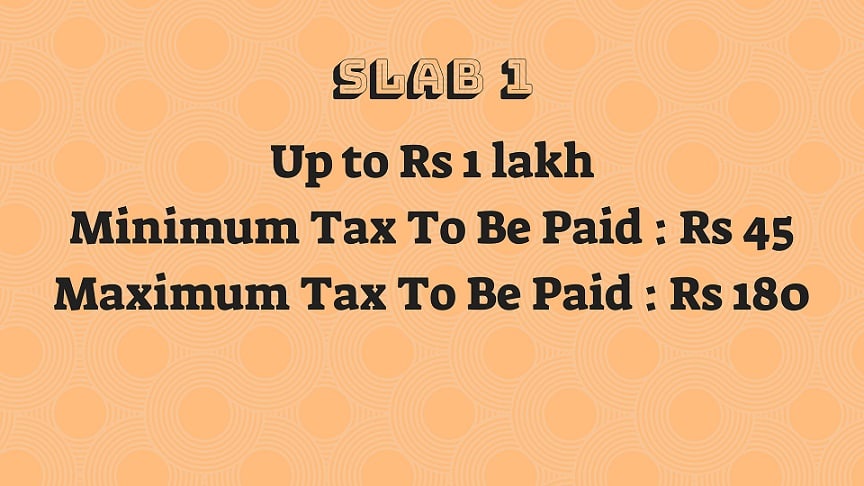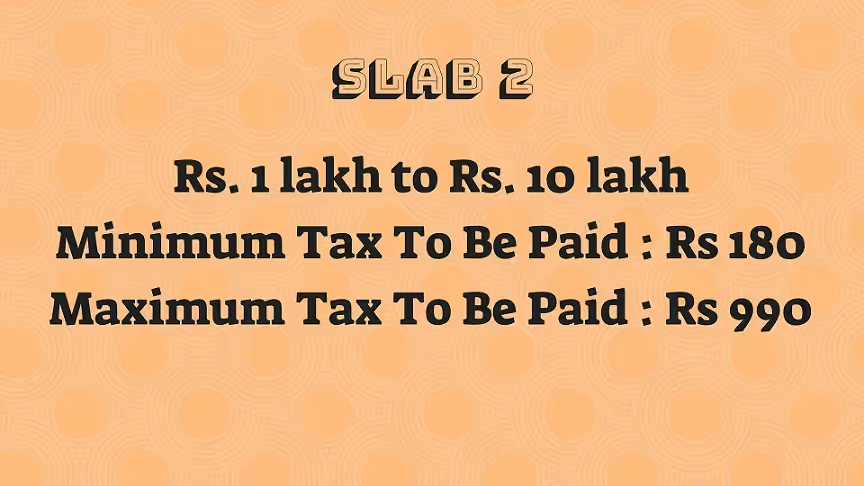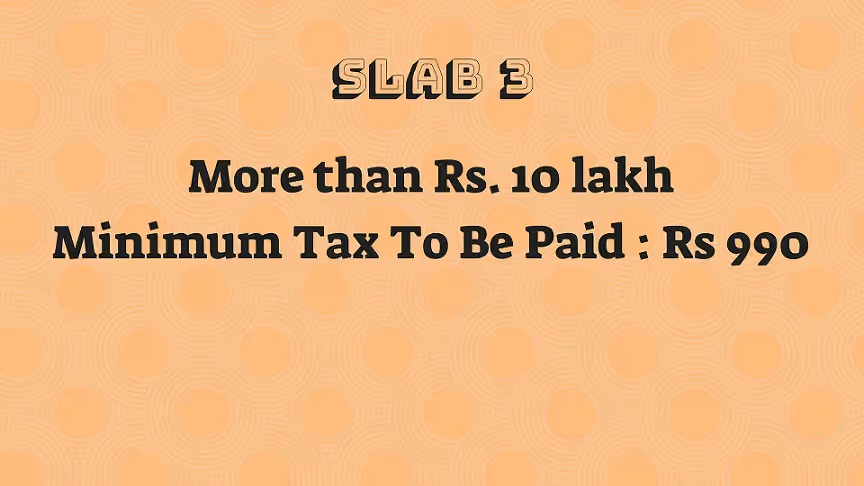
In India, just like on other commodities and services, a tax is levied on foreign exchange transactions too. With the implementation of the Good and Service Tax (GST) on July 1, 2017, the tax structure for forex services has changed. Contrary to what people imagine, the GST to be paid on forex is actually very less. In fact, it would be just in the range of 0.058% to 0.18% of the total forex transaction! For example, in a forex transaction worth Rs. 1 Lakh, only Rs. 180 has to be paid as tax. In this post, you’ll learn how much tax you have to pay on foreign exchange transactions in India.
GST on foreign exchange services in India
When performing foreign exchange service like currency exchange, money transfer abroad or buying a forex card, through a money changer or bank in India, the only tax you’ve to pay is the Goods & Services Tax (GST).
As per the directive on July 1, 2017 from the Government of India, the GST for foreign Exchange transactions is as follows ;
18% GST will be levied on the portion of the forex transaction which comes under “taxable value” bracket. Don’t let this “18%” scare you, read further!
What does “taxable value” mean?
The “taxable value” is not the final tax that we have to pay. It is simply the value that is liable to be taxed.
There are 3 slabs of the “taxable value”.
Slab 1: Up to Rs 1 lakh

1% of the forex transaction is considered as the “taxable value”, and minimum taxable value is set at Rs 250
What does a “minimum taxable value” of Rs 250 mean?
1% of Rs 25,000 is Rs 250.
That means for forex transactions up to Rs 25,000, the minimum taxable value is set at Rs 250 and 18% of this “taxable value” is the GST to be paid, i.e, Rs. 45
Thus the minimum GST to be paid in Slab 1 is Rs. 45
The upper limit can be easily found for Slab 1
Assuming you are transacting the maximum volume of forex in Slab 1, i.e, Rs. 1,00,000
1% of the volume of your forex transactions will be the “taxable value” = Rs 1000
18% of the taxable value will be the final GST/Tax you’d have to pay on your transaction = Rs 180
Thus the maximum GST to be paid in Slab 1 is Rs. 180.
Slab 2: Rs 1 lakh to Rs. 10 lakh

1000 + 0.5% of the amount above 1 lakh is the “taxable value”
For example, if the value of the transaction is Rs 5 lakh then ;
Taxable value = 1000 (Slab 1) + 0.5% of the amount above 1 lakh (Slab 2) = 1000 + 2000 (0.5% of 4 lakh) = 3000
Therefore the GST to be paid on a forex transaction worth Rs. 5 Lakh is Rs. 540 (18% of taxable value “3000”)
Lower limit (1 lakh) of GST to be paid in Slab 2 = 18% of 1000 = Rs 180
Upper limit (10 lakh) of GST to be paid in Slab 2 = 18% of (1000+(0.5% of 9 lakh)) = 18% of (5500) = Rs. 990
Slab 3: More than Rs. 10 lakh

5500 + 0.1% of the amount above 10 lakh is the “taxable value”
For example, if your forex transaction is around Rs. 20 lakh, then;
Taxable value = 5500 + 0.1% of (amount above 10 lakh) = 5500 + 0.1% of (10 lakh) = 6500
GST to be paid = 18% of 6500 = Rs. 1170.
The maximum GST for forex transactions is capped at Rs. 60,000.
Now that you know the GST breakup, rest easy knowing that it does not take much in the form of paying taxes even for large forex transactions. Armed with this information, you can easily check if your bank or money changer is charging you unfairly by claiming a higher tax amount.
Also Read: How To Buy Forex Online In India
Frequently Asked Questions
1. How much tax on currency exchange in India?
Tax/GST is calculated on foreign exchange services not based on the type of transaction but based on the volume of the transaction.
18% GST will be levied on the “taxable value” portion of the transaction
The taxable value is calculated differently for the 3 different slabs ;
- Slab 1: Up to Rs 1 lakh, 1% of the forex transaction is considered as the “taxable value”, and minimum taxable value is set at Rs 250
- Slab 2: Rs 1 lakh to Rs. 10 lakh, 1000 + 0.5% of the amount above 1 lakh is the “taxable value”
- Slab 3: More than Rs. 10 lakh, 5500 + 0.1% of the amount above 10 lakh is the “taxable value”
2. Would it be cheaper to buy foreign exchange from unlicensed forex dealers who are not charging any tax?
It may not be a good idea to buy forex from the so-called local forex agent near your home who can get you forex without charging any tax or giving a receipt for your transaction. Availing forex services from an unauthorized forex agent (not approved by RBI) is an offence and could land you in serious trouble. Many such agents are usually involved in illegal activities like money laundering and distributing counterfeit currencies. Transacting with them might drag you into grave legal issues. Also, if you are caught abroad with counterfeit currency and have no receipt to show that it was purchased from a legal money changer, it’ll be assumed you are a dealer of fake currencies and you may be jailed there.
Just Rs 45. This unregulated black market may offer better exchange rates or waive tax on your forex transactions but the difference in amount saved compared to authorized forex dealers is marginal at best. Tax on forex is really less at just 0.058% to 0.18% of the total transaction value. Better not to invite so much trouble to your doorstep to save a few rupees.
3. How much tax would you have to actually pay on forex transactions up to Rs 25,000?
We already mentioned, “18% GST will be levied on the portion of the forex transaction which comes under “taxable value” bracket. Since the minimum taxable value is Rs. 250, the final tax amount works out to 18% of Rs. 250 or Rs. 45.
4. How much tax on foreign exchange transactions between Rs. 25,000 – Rs. 1,00,000?
Anywhere between Rs. 45 (lower limit) to Rs. 180 (upper limit).
5. How much foreign currency can I take out of India?
A resident Indian is allowed a total maximum foreign exchange of US$ 2,50,000 or its equivalent in any currency per year as per the Liberalized Remittance Scheme (LRS).
This limit of US$ 2,50,000 or its equivalent in other currencies can be carried out in a single trip or multiple trips. Out of this, a maximum of US$ 3,000 can be carried as cash, and the rest in a forex travel card.
Also Read: 10 Things you should know before buying foreign exchange in India

Subhash, with over 8 years of experience as a content writer in the finance niche, is the head of content at ExTravelMoney.com. His expertise spans international remittance, currency exchange, RBI regulations, and travel abroad, simplifying complex financial topics, and transforming them into accessible and engaging content.
